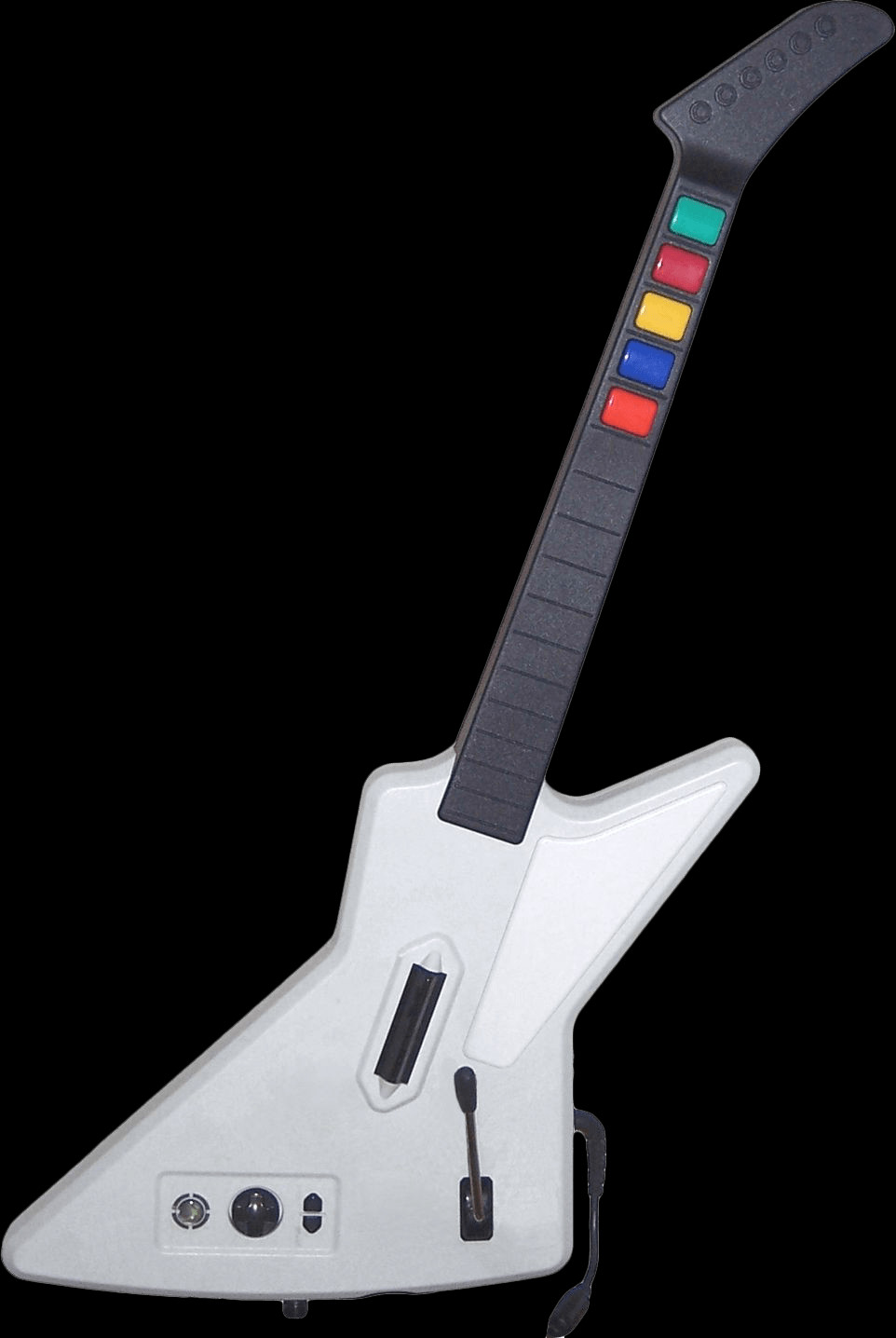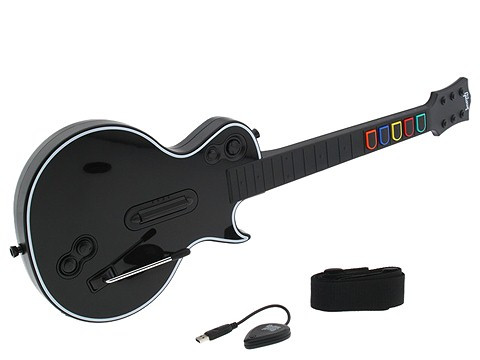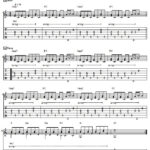Are you ready to shred some virtual tunes on Clone Hero? If you’ve got a Guitar Hero guitar lying around, you’re in luck! Using your Guitar Hero guitar on your PC with Clone Hero is totally achievable and can seriously enhance your gameplay. This guide will walk you through selecting the right guitar and setting it up to rock in Clone Hero. Let’s dive into how to get your Pc Guitar Hero Guitar For Clone Hero working flawlessly.
Choosing the Right Guitar Hero Guitar for PC
Not all Guitar Hero guitars are created equal when it comes to PC compatibility. It’s crucial to understand which guitars will work smoothly with Clone Hero and which might cause you frustration. A key thing to remember is that Xbox-connected Guitar Hero guitars generally do not work due to their proprietary connection methods. Specifically, the Guitar Hero III Xplorer for Xbox 360 is known to be problematic. While button mapping might seem possible, features like strumming often fail to translate correctly through the Xbox connection to PC.
 Guitar Hero III Xplorer Xbox 360 guitar for PC Clone Hero setup
Guitar Hero III Xplorer Xbox 360 guitar for PC Clone Hero setup
However, don’t fret! Many other Guitar Hero guitars are perfectly compatible. Guitars designed for PlayStation consoles or those specifically made for PC/Mac are your best bet. The good news is that guitars like the Guitar Hero World Tour (PC/MAC), the Guitar Hero III Les Paul guitar (PS3), and even older models like the Guitar Hero 2 SG Guitar from PlayStation 2 can all be used with Clone Hero on your PC.
 Guitar Hero III Les Paul PS3 guitar controller for PC gaming
Guitar Hero III Les Paul PS3 guitar controller for PC gaming
If you’re planning to use a PlayStation 2 Guitar Hero controller, you’ll likely need a PS2 to USB adapter to connect it to your PC. Be cautious with cheaper, generic adapters, as they often don’t provide the necessary compatibility for guitar controllers. Adapters like SHANWAN or Twin USB are often reported to have issues, so investing in a reliable adapter is recommended for a smoother experience.
Connecting Your Guitar Hero Controller to Your PC
Once you’ve chosen a compatible guitar, the next step is connecting it to your computer. For wired guitars, simply plug the USB cable into an available USB port. For wireless guitars, ensure you plug in the wireless receiver.
To verify that your PC recognizes the guitar, you can use the dmesg command in your terminal (Linux/macOS). After plugging in the guitar or receiver, open your terminal and type dmesg. Look for lines indicating a “uhid” device being recognized. For example, when connecting a Guitar Hero III Les Paul guitar (PS3), you might see output similar to this:
uhid0 on uhub5 uhid0: <licensed addr="" by="" computer="" entertainment="" for="" guitar="" hero3="" playstation="" rev="" sony=""> on usbus1This “uhid” recognition is a good sign that your guitar is communicating with your system and is ready for the next step: button mapping.
Mapping Guitar Buttons for Clone Hero with Antimicro
To translate your guitar inputs into actions within Clone Hero, we’ll use a tool called Antimicro. Antimicro is a program that allows you to map gamepad buttons to keyboard keys, which is perfect for adapting your Guitar Hero controller for Clone Hero, as Clone Hero primarily uses keyboard inputs.
When you launch Antimicro, you’ll see a graphical interface representing your connected gamepad. Don’t be intimidated by the initial appearance with many unbound keys. The process is straightforward: as you press buttons on your Guitar Hero guitar, the corresponding button will light up in Antimicro’s interface.
For instance, if you press the green fret button on your guitar, you’ll likely see “button 1” highlighted in Antimicro. To bind this green fret button to the “A” key (which is the default green fret key in Clone Hero), simply click on the highlighted button in Antimicro, choose “Keyboard,” and then select the “A” key. Repeat this process for all the fret buttons, strum bar, whammy bar, and any other buttons on your guitar you wish to use in Clone Hero.
For an even more responsive Clone Hero experience, navigate to “Settings” in Antimicro, then “General,” and set the “Gamepad Poll Rate” to 1ms. This reduces input lag, making your strumming and fretting feel more immediate and accurate in the game.
Get Ready to Rock in Clone Hero!
With your Guitar Hero guitar correctly chosen, connected, and mapped using Antimicro, you’re all set to fire up Clone Hero and unleash your inner guitar legend! The setup process might seem a little technical initially, but once configured, you’ll have a fantastic and immersive way to play Clone Hero using your very own pc guitar hero guitar for clone hero sessions. Now, go crank up the volume and start shredding!

